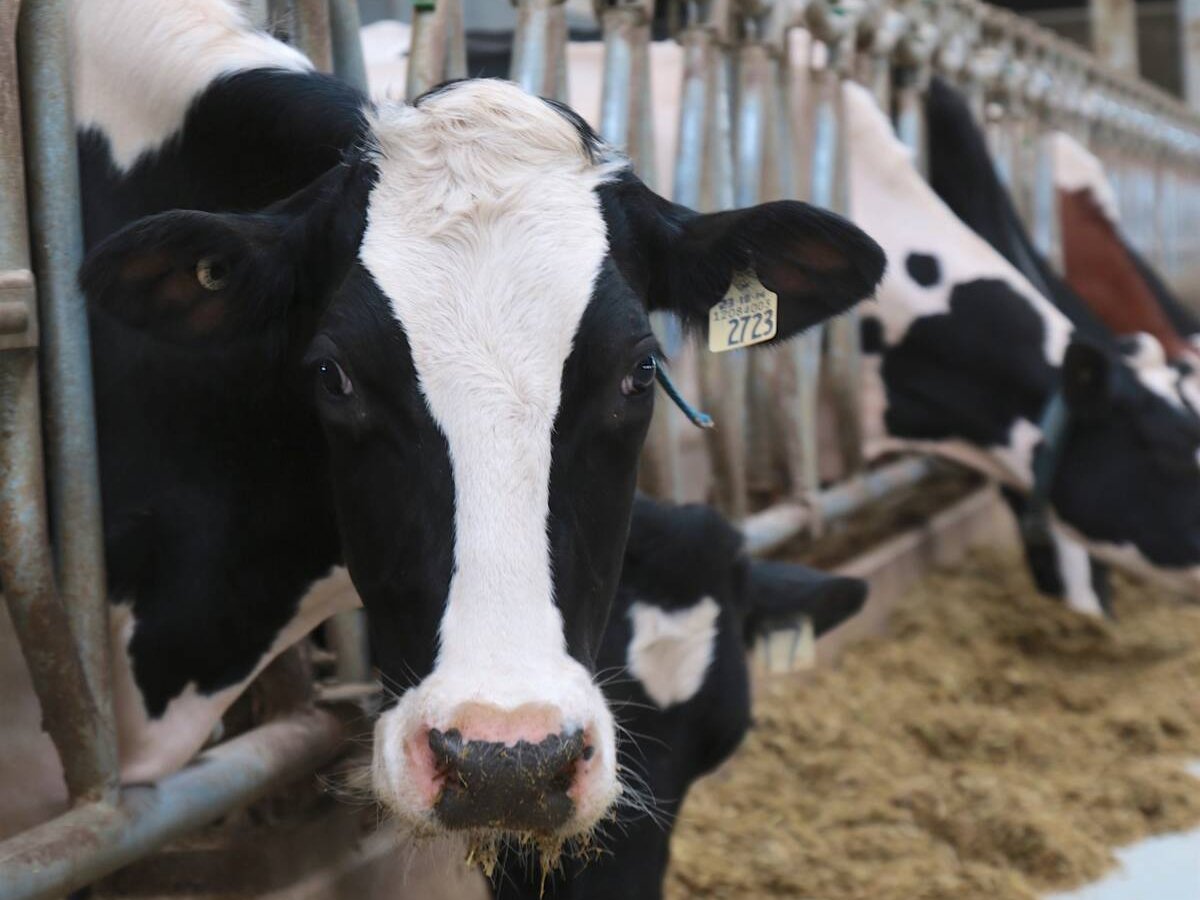COCHRANE, Alta. – Proper fuel storage is the second most common issue among farmers writing environmental plans.
Typically, farm fuel is stored in a galvanized tank raised on a lightweight metal framework so the gas or diesel flows down with gravity.
For those trying to create better management practices, this is no longer recommended , but it is not illegal, said Dan Moe, a farmer from Drumheller, Alta., and regional team leader for the Alberta Environmental Farm Plan Co.
“There are no recommended procedures for proper fuel storage for farmers at this point,” Moe said.
Read Also

The Organization for Economic Co-operation and Development lauds Canada’s low farm subsidies, criticizes supply management
The Organization for Economic Co-operation and Development lauded Canada’s low farm subsidies, criticized supply management in its global survey of farm support programs.
However, Alberta Agriculture is writing guidelines on fuel storage including recommended tanks, storage and containment spaces because farmers are asking for help.
The oilfield and construction industries are already required to follow strict guidelines on fuel storage.
It is recommended that farmers use double-lined tanks that sit on the ground in a specially designed containment area to prevent spills and seepage.
While they may work well for many years, lightweight stands are easy to knock over with equipment, causing a spill or fire.
As well, the stands cannot bear excessive heat and may collapse if a grass fire starts in the area.
Once the tanks are at ground level, a pump is needed rather than relying on gravity to draw fuel.
There are no specific guidelines for cleanup but Moe said to properly remove contamination farmers should call Alberta Environment if an accident occurs.
Lloyd Marshman of Rockyford, Alta., who is also participating in the environmental program, suggests the system could be improved by installing a meter for inventory control. Such a meter can show if fuel has been stolen or leaked away and may pay for itself, considering the high cost of fuel. It also helps measure expenses by showing how much fuel was used on the farm.
Under the Canada-Alberta Farm Stewardship Program, farmers who complete an environmental farm plan can recoup 30 percent of the costs for replacing the storage facilities to a maximum of $15,000.
More than 2,000 farmers have made changes suggested through the Alberta environmental farm plan program and more than 6,000 have enrolled at the first level of the two-tier program.
Farmers have been skeptical about the program because they were concerned they could be penalized and wanted to avoid trouble.
However, Moe said government funding is encouraging more farmers to take advantage of the financial and technical assistance to develop viable and environmentally sustainable practices.
A maximum of $30,000 is available per farm unit to make improvements. Farmers participating in the program attend two workshops, evaluate their farms, propose changes and receive a certificate and final approval. Bills are submitted after work is approved and completed.
The funding is administered through the Prairie Farm Rehabilitation Administration.















